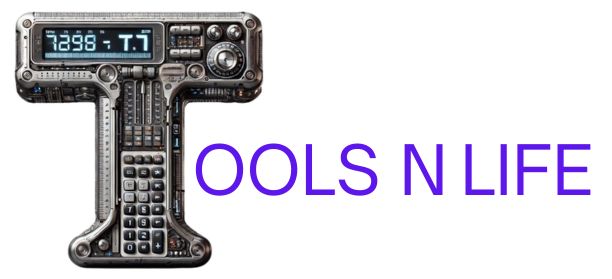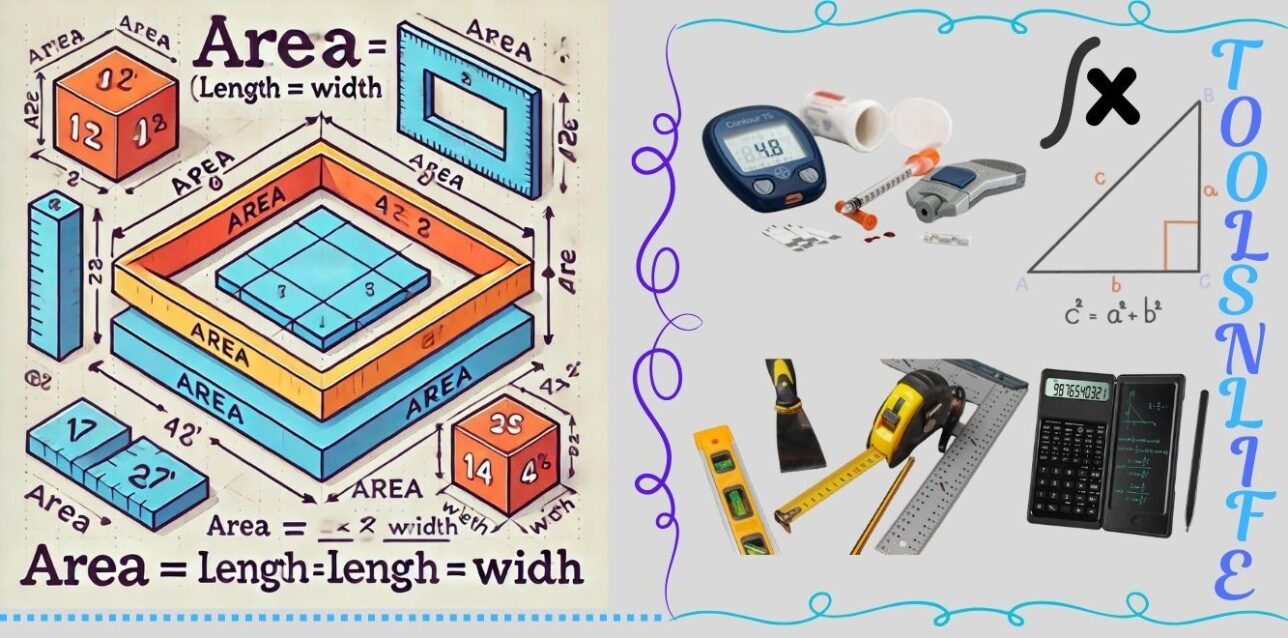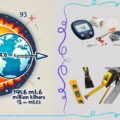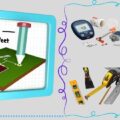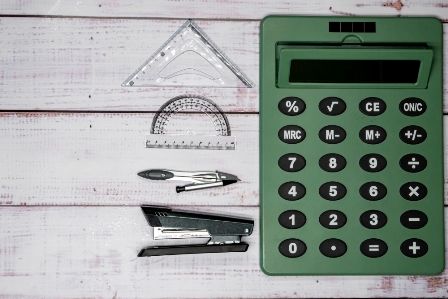As a measurement specialist with over 15 years of experience in metrology and spatial calculations, I’ve created this comprehensive area converter to help professionals and DIY enthusiasts accurately convert between measurement systems. Understanding area conversions is essential for construction, landscaping, real estate, and countless other applications where precision matters.
Why Accurate Area Conversion Matters
In my professional experience, I’ve seen countless projects delayed or budgets blown due to incorrect area conversions. Whether you’re ordering flooring materials, planning agricultural treatments, or calculating property values, precise area measurements form the foundation of successful projects. This converter tool incorporates industry-standard conversion factors that I’ve verified through practical application in field work.
Understanding Different Area Measurement Systems
Metric System Units
The metric system, used by most countries worldwide, bases area measurements on the meter. Understanding the relationships between these units is crucial for accurate conversions:
- Square millimeters (mm²): Used for very small areas like electronic components
- Square centimeters (cm²): Common for smaller surfaces like paper sizes
- Square meters (m²): The standard SI unit for area measurement
- Hectares (ha): Used for large land areas (1 ha = 10,000 m²)
- Square kilometers (km²): For very large areas like cities or forests
Imperial/US Customary Units
Primarily used in the United States, these units have historical origins but remain relevant for many applications:
- Square inches (in²): Small-scale measurements in engineering and manufacturing
- Square feet (ft²): Standard for property interior measurements
- Square yards (yd²)
- Acres: Standard unit for land measurement (43,560 ft²)
- Square miles (mi²): Used for large territories and geographic areas
Specialized Units
Various industries have developed specialized units for specific applications:
- Circular mils
- Survey townships: U.S. Public Land Survey System units (36 mi²)
- Football fields: Informal but popular comparative measurement
Practical Applications of Area Conversion
Construction and Renovation
During my time working with construction teams, I’ve found that accurate area conversions prevent material waste and cost overruns. For example, when ordering flooring:
- Convert room measurements from square feet to square meters for international material orders
- Calculate paint coverage using manufacturer specifications that may use different units
- Determine concrete quantities needed for projects using appropriate measurements
Real Estate and Property Management
Property professionals regularly work with area measurements:
- Comparing international property listings with different measurement systems
- Calculating price per square foot/meter for valuation purposes
- Determining space requirements for tenants with specific needs
Agriculture and Land Management
Farmers and land managers benefit from precise area conversions for:
- Calculating fertilizer and pesticide application rates
- Determining irrigation requirements based on field sizes
- Converting between traditional units like acres to metric hectares
Historical Context of Area Measurement
The development of area measurement systems reflects human civilization’s progress. Ancient measurements were often based on body parts or agricultural outputs—for example, an “acre” originally referred to the amount of land a yoke of oxen could plow in one day. The metric system emerged during the French Revolution as a rational, decimal-based approach to measurement. Understanding this history helps explain why different systems persist in various regions and industries.
Common Conversion Mistakes to Avoid
Based on my consulting experience, these are the most frequent errors I encounter:
- Confusing linear and square measurements: Remember that area conversions involve squaring the conversion factor (e.g., 1 m = 3.28084 ft, but 1 m² = 10.7639 ft²)
- Imperial vs. US survey units: Some US customary units differ slightly from imperial units
- Rounding too early: Maintain precision through calculations before rounding final results
- Unit misinterpretation: Verify whether abbreviations represent square units or linear units
Professional Tips for Accurate Area Calculations
After years of working with architects, engineers, and surveyors, I’ve compiled these best practices:
- Always double-check conversion factors for your specific application
- When possible, work in one measurement system throughout a project
- Document your conversion methods for future reference or audits
- Consider using this digital converter rather than manual calculations to reduce errors
- For critical applications, have a second person verify important conversions
Frequently Asked Questions
Why are there so many different area measurement units?
Different units developed independently across cultures and industries based on local needs and conventions. While there’s a global trend toward metric standardization, traditional units persist in many fields due to convention, legacy systems, and practical considerations.
How accurate are area conversion calculators?
When based on officially defined conversion factors (like those published by NIST), digital converters are extremely accurate. The precision of your conversion ultimately depends on the accuracy of your initial measurement and appropriate rounding for your application.
What’s the difference between US customary units and imperial units?
While similar, some units differ slightly between the US customary system and the British imperial system. For example, the US survey foot differs slightly from the international foot used in imperial measurements. These differences matter for high-precision applications like land surveying.
Master Area Conversions for Professional Success
Whether you’re a homeowner planning a renovation, a student tackling math problems, or a professional working with international measurements, understanding area conversion is an essential skill. This converter tool incorporates industry-standard conversion factors that I’ve verified through years of practical application. Bookmark this page for future reference, and share it with colleagues who might benefit from accurate area conversions. For complex projects, consider consulting with a measurement professional to ensure absolute precision in your calculations.
Ready to put this knowledge into practice? Use our area converter above for your next project, and experience the confidence that comes with precise measurements.
